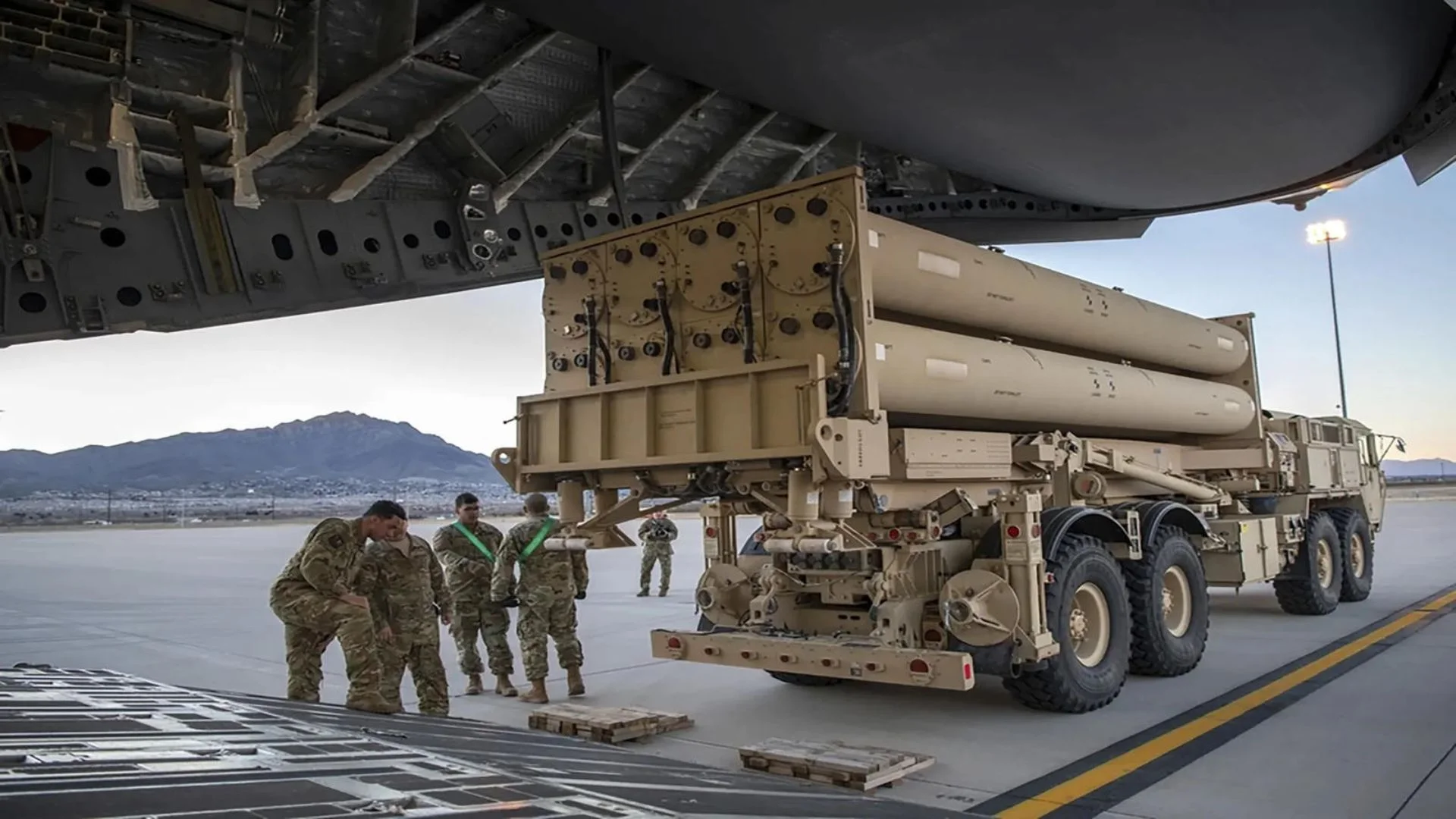
In response to heightened missile threats from Iran and its proxies, the United States has deployed the advanced Terminal High Altitude Area Defense (THAAD) missile defense system to Israel, accompanied by approximately 100 US troops. This strategic move comes following a series of Iranian missile attacks on Israel and increasing regional hostilities.
THAAD is a cutting-edge missile defense system specifically designed to counter short, medium, and intermediate-range ballistic missile threats. Notably, it is the only US system capable of intercepting targets both inside and outside the atmosphere. The system undergoes continuous improvements to adapt to evolving missile threats.
The Biden administration’s decision to bolster Israel’s defenses is aimed at protecting the nation from potential ballistic missile attacks, particularly in the wake of the recent assassinations of key Iranian and Hezbollah leaders. As tensions mount, with Israel preparing for potential retaliatory actions, the THAAD system enhances the country’s defensive capabilities.
Iranian officials have cautioned that any Israeli strikes, especially against Tehran’s nuclear facilities, would elicit a strong retaliatory response. In light of ongoing conflicts, Israel has sought US support for arms and ammunition amidst its war efforts, which have already resulted in significant casualties and displacement in Gaza and Lebanon.
THAAD intercepts incoming ballistic missiles during their terminal phase, the last stage before impact. The system is capable of engaging targets both within the atmosphere (endoatmospheric) and outside it (exoatmospheric), making it adaptable to various missile threats. A defining characteristic of THAAD is its kinetic kill mechanism, which eliminates incoming threats through sheer impact rather than explosive warheads.
THAAD systems are operated exclusively by US personnel, necessitating the presence of American troops on Israeli soil. The current deployment marks a significant military support move by the US to Israel, particularly as tensions rise following recent conflicts. This marks the first major US military deployment to Israel amidst ongoing hostilities in Gaza.
The US decision follows Iranian missile attacks on Israel, with heightened military activity in the region. In response to increasing threats, the Pentagon has increased its military presence, deploying aircraft carriers and additional air defenses across the Middle East. US troops have also been stationed in Cyprus to assist with evacuation operations.
The ongoing conflict has intensified, with recent attacks resulting in Israeli casualties and retaliatory strikes. Following a Hezbollah drone attack that killed four Israeli soldiers and injured numerous others, the militant group has warned that this is just the beginning of their response to Israeli aggression.
As the US bolsters Israel’s defenses, the situation remains volatile, with the potential for further escalation in hostilities.















